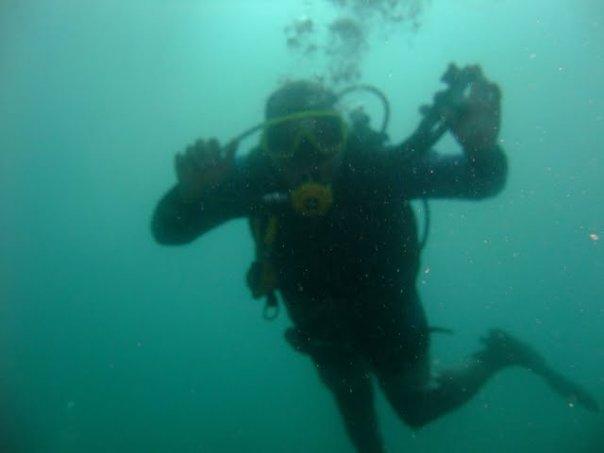|
I have just finished reading The Old Bold Pilot — a Pilot's Journey by captain Shakti Lumba and captain Priyanka Arora. “Ladies and gentleman, boy and girls…sit back, relax and enjoy the flight!” You’ve heard the announcement from the captain, but have you ever wondered what it's really like working in the front in the cockpit? These days, passengers are now prohibited from entering the cockpit during flight. Some aircraft are also equipped with CCTV cameras, so the pilots can monitor cabin activity, and some aircraft have extra gates to prevent anyone from entering the cockpit. Industry veteran captain Shakti Lumba — a pilot with over 40 years experience, who retired as IndiGo's vice president and had before that headed Alliance Air as well as being a union leader, has recently penned his memoirs to present to the lay reader a peek into Indian aviation through his personal journey. In this book, captain Lumba once again takes you beyond that locked door to see what the aviation industry is really like, and was like in India, and what real airline pilots do while you’re invited to “sit back, relax, and enjoy the flight.” Captain Lumba shares intimate details with typical humor and candor, and some interesting details, too that have not been heard of before. As captain Lumba describes it, this book is ‘many years of writing and six decades in the making’. It comes highly recommended! Captain Lumba, thank you very much for the time you have taken to do an interview with me about your work and life. I have read your book with interest, and it is remarkable that you have written this book from memory and the notes on your iPhone, as all your original flying logbooks and personal notes were destroyed by termites (sorry to read about that!). So, thanks for your time. It is the first time I have come across a book about aviation in India, and that written by an Indian. There may be others that I have not come across; so, excited that I have got my hands on this! Nav Singh [NS]: You are quite known for your passion, knowledge, and deep opinions about everything related to aviation and the safety, but what is the root cause of that? Where does this constant thirst for answers come from? Shakti Lumba [SL]: Nav, firstly, thank you very much for having me on your blog. It is an absolute pleasure, and glad you enjoyed my book! My passion for aviation started when I was two years old after my father sadly passed away and my mother – making sure that I did not become sad – told me that he had gone to live in the sky with the stars! From there on then, I vowed to fly and bring him back. For me, the thirst for aviation related knowledge started with reading fiction about aviation. Works such as Biggles, Richard Bach, and Ernest K Gann kept me involved until I actually started flying and realised that knowledge was as important part, just as important as the flying skillset. On top of that, the thirst for knowledge led me to do a lot of reading about the airline and general aviation industry, including flying techniques. RAF AP 129 was my go-to book in regards to building up my aviation knowledge along with books on airline management. Books such as Safe Airline by John Michael Ramsden and Staying Current: A Proficiency Guide for Serious Pilots by Dan Manningham kept me on track. Later during my career, when I got involved with the pilot’s union and represented a pilot in a court of inquiry, which looked into the crash of a Boeing 737 aircraft in Ahmedabad in 1988, it really hit me regarding the the ICAO annexures! As time went, I learnt to fly with the mind and then use my hands and feet to remain safe and professional: the reverse usually leads to disaster! 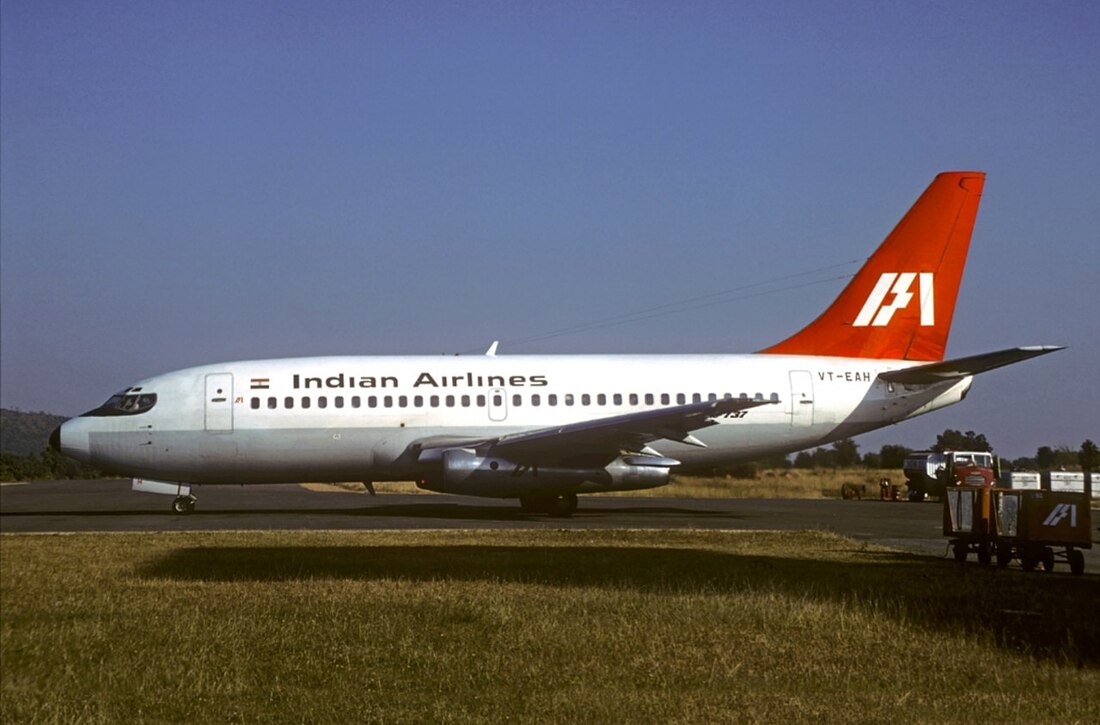 Boeing 737-200, registered VT-EAH belonging to Indian Airlines, seen here taxiing on 13 November 1978. Sadly, ten years later this aircraft crashed on approach to Ahmedabad due to pilot error in bad weather killing 133 passengers and crew. Captain Lumba was involved in the follow-up investigation. Photo Copyright Indian Airlines/Air India NS: You refer to IndiGo as a fledgling carrier…why fledging? SL: During the five years I was with IndiGo Airlines, from a startup in 2005 until I left in February 2010, it was a fledging airline with ambitions to be India’ largest with just over 40 aircraft. Although, in total it had over 300 aircraft on order! Today, I am proud to say that it is India’s most profitable airline, and the largest operator of Airbus A320 family of aircraft. 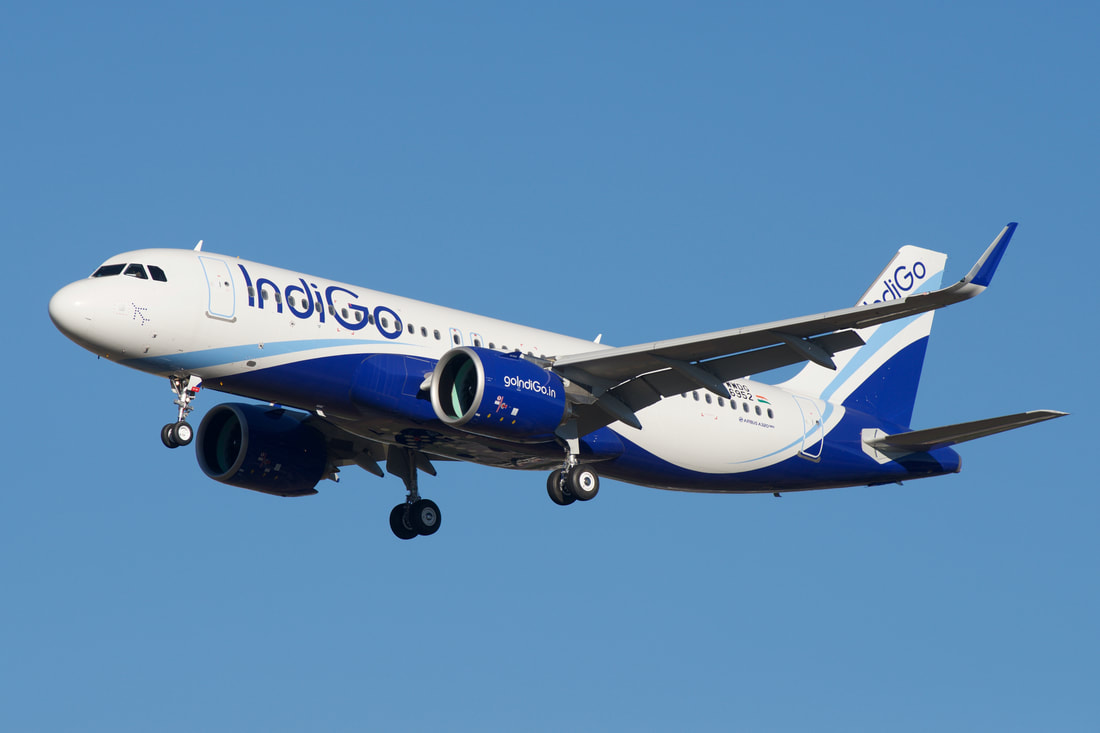 Captain Lumba was the global vice president at InterGlobe Aviation Limited (known as IndiGo Airlines). The company is India's most successful airline, operating 354 aircraft (45 ATR 72-600 and 309 A320/A321 family of aircraft), with 945 Airbus A320/A321 family of aircraft on order!). Seen here is a A320neo (registered F-WWDG, delivered to registration to VT-ITI). NS: You mention in your book about a Boeing 737 flight in 1983 with two captains disagreed and that resulted in an accident (landing gear not retracted) and you say that this could not happen these days, but it does seem to be quite common. SL: They agreed but simply the pilot in command (PIC) forgot to lower the undercarriage, while the pilot not flying realized and kept quiet until the last minute. At about two hundred feet (minimums), he pointed out there was no gear, and the pilot flying flipped the gear lever to extend the gear. The gear came down but as it had not locked down properly, it folded with the airplane settling on its engines. Such an accident is not expected to happen these days because the landing gear unsafe warning gets an input from App/Land flaps and radio altimeter. However, to the aviation world’s shock, it did sadly happen a few years ago– an incident with PIA on flight 8303 in 2020 did exactly that and killed ninety-seven passengers, and studies have shown that it may happen again. That can only happen if there is a total breakdown in CRM, and if the checklist is not diligently followed by the crew or if there is some kind of mechanical partial gear failure. Also, note that a landing without a gear can be done safely provided the aircraft has low fuel and the plane is glided down gently – so it is not so dangerous, but the aircraft will [in most cases] be written off! There was a case of an Indian Airlines Airbus A300 that ran out of fuel after diverting from Hyderabad with flaps and slats stuck after a missed approach. The captain made a what we call a “gear up dead stick landing” in a paddy field. In that incident there were thankfully no injuries. So that shows the fantastic airmanship of flying a A300 wide body like a glider by stick and rudder only. It has also been achieved with a Boeing 767 LOT Polish Airlines flight 16 in November 2011 in Warsaw. NS: Now, regarding the Japan Airlines Flight 516 [JAL516] crash in January 2024 – many aviation experts have commented that such an incident could have resulted in fatalities if it had been in another country, such as India for example. This may be due to passengers taking time to get out or taking their belongings etc. – what are your thoughts on that? What would have been the case if it happened in India? SL: Unmitigated disaster: the pre-departure safety briefing provided on Air India for example is totally inadequate for flight safety in my opinion. Meanwhile, the Japan Airlines safety video actually shows passengers how to evacuate and enforces the point not to take hand baggage on case of an emergency. NS: In your opinion, is Indian aviation safe, if not safer in 2024? SL: The Indian aviation industry is statically safe simply because of how that safety is measured. In actual fact, the largest number of aircraft type operated in India is the Airbus A320 family. This aircraft is very pilot friendly, forgiving and can literally fly itself if it has to! In my opinion, there is a clear and present risk of pilots losing their ability of basic flying skills because the operators mandate is to use the autopilot after take-off till moments before landing. In some airline companies, they have a simple rule about engaging the autopilot on the A320: not before 100 feet and only after 300 feet (~5 seconds) after rotation from the runway. This begs the question, “how do you keep up your skillsets of manual and visual flying if the machine is doing everything?” The answer? You don’t. This to my mind is a huge safety risk if the automatic functions and systems fail. Another safety risk relates to the Flight and Duty Time Limitation [FDTL] prescriptive limits as per ICAO which operators schedule pilot to. This includes the maximum flight duty, unlimited daily duty and minimum legal rest time. The recent amendments to FDTL have given some respite but the carriers are up in arms! Therefore, in my opinion, Indian aviation is destined for growth but there is the risk of reduced regulatory oversight and the system working at it limits. Somethings got to give. The issue is increase in wakefulness and lack of sleep. Fatigue has also been identified in several other major aircraft accidents as either a cause or a contributing factor (National Transportation Safety Board [NTSB], 2000, 2001, 2010; Libyan Civil Aviation Authority, 2013). In addition, aviation policies reflect the importance of fatigue in aviation safety. Since 1972, more than two hundred safety recommendations issued by the NTSB focused on fatigue (Marcus and Rosekind, 2017). Moreover, pilot fatigue has been on the NTSB’s most wanted list of safety-related priorities since 1990 (Caldwell, 2012). These policies do not seem to have resulted in a significant improvement; however, as 23% of major aviation accidents between 2001 and 2012 were attributed to fatigue, compared with 21% in a 1980 study (Lyman and Orlay, 1981; Marcus and Rosekind, 2017). A very illustrating example of fatigue and its effect on the safe piloting of an aircraft is provided by the 2010 crash of Air India Express Flight 812, which crashed upon landing in Mangalore, costing the life of 158 of the 166 people on-board. Residual sleepiness and impaired judgement were believed to have contributed to this accident, as the cockpit voice recorder indicated that the captain had been asleep for the first hour and 40 minutes of the 2 hours and 5 minutes flight (Court of Inquiry India, 2010). According to the NTSB, this was the first instance of snoring recorded on a cockpit voice recorder! Therefore, in my opinion, fatigue is a clear and present danger to safety of aircraft operations. NS: There has been quite a lot of discussion about five B777-200LR aircraft, leased by Air India from Delta Air Lines, with oxygen issues as per this link, what are your thoughts on this on-going saga and the strained relations between Air India’s senior pilots & management? SL: For flights over mountainous terrain with limited passenger oxygen in case of depressurization/ 50% power loss, escape routes must be provided in the flight plan so that the pilot-in-command (PIC) can choose a route that is safe so that passengers can have enough oxygen supply without harm. The issue is that Air India does not provide the crew with escape routes in the flight plan and expects the PIC to decide on an escape plan on the fly. Another issue is that Air India’s leadership prohibits pilots from joining a trade union or associations. It is only airline in the country where every airline pilot is dissatisfied because of bad management, corporate bullying and other such actions which do not make it a safe airline to fly with and are not cohesive to safe operations. NS: Competition from Middle Eastern and Asian carriers is stiff, but with your vast experience, what do you think needs to be done to make Air India one of the best airlines in the world again? Are they (the management) doing what they should be doing? SL: I would say that Tata’s style of management is purely production related in order to generate revenue and focus on profits first and is not focused on the customers or their staff – both their internal and external customers. NS: Now, coming to the important topic of fatigue and sleep: we have been reading a lot about pilots sadly dying because of the extensive hours they have worked because of a lack of sleep. Why is this happening a lot now than before in your opinion and what could be done to fix such things that are “ailing Indian aviation” according to analysts? SL: As I mentioned in detail above, airlines treat pilots like bots these days! Poor crew scheduling and poor HR policies and procedures are the biggest headaches for pilots. Just like in any other industry, pilots don’t leave a company, they leave bad bosses! The issue of work/life balance does not exist, and it is not even considered as a human requirement. The management consider pilot reporting fatigue as malingering. NS: Would it be fair to say that your career was more about your passion and dream of flying rather than the money? What are your thoughts about the youth of today who want to enter aviation because of the big bucks rather than the passion of flying (take some Middle Eastern and Chinese carriers for example)? I am saying this because you see plenty of young airline pilots flaunting their newly found wealth on Instagram or Twitter (wearing a Breitling watch, driving luxury cars or showing off about drinking expensive whiskey etc…). SL: Yes, that would be a fair comment to make. For me it was all about passion, as we weren’t paid well, until at least 1996 (!) My salary only got boosted after my negotiation with the pilot’s union. However, it was based on work more, earn more. I was quite busy with office-based work and with that I could only get on average approximately 60 hours at most per month. However, I was content and happy, and I prioritized my happiness, heath and needs over wants. The guys you talk about we called (Equated Monthly Installment) EMI pilots, who loved (or still love!) buying snazzy cars and fancy goods on EMI equated monthly instalments: as their wants increased, so did their debt! NS: You have at first hand seen many colorful airlines come and go (Kingfisher, Jet Airways, Alliance Air [merged with AI], ModiLuft, Vayudoot etc. because of financial woes), what, in your opinion, is the missing secret sauce for India to have a successful world-class airline that can be stable and provide an exceptional customer and safety experience? (i.e., how to make the likes of SIA, EK, QR jealous etc…) SL: Initially, I helped to merge Vayudoot into Indian Airlines: Alliance was a subsidiary of Indian Airlines that I started – it was my baby, like IndiGo. Now, Modiluft was an air taxi service using a Boeing 737-200 and a Boeing 737-200, which eventually became Spice Jet (they are always short of cash, and that is in their DNA!). Sahara, Kingfisher Airlines and Jet Airways went down into bankruptcy due to promoters skimming their airlines after they went public. The secret sauce to having a successful airline is to be well capitalized from start and make low cost as your mantra and your philosophy, and this should not be your strategy when times are tough. IndiGo keeps costs in control and seldom sells below costs and therefore it is quite profitable. Now, with Tata, Air India will bring no profits for at least 10-12 years (yes, you read that right…years!) and for that they do need to get their act together. NS: The merger of Air India and Indian Airlines, coupled with the unviable decision to purchase 111 new aircraft, contributed to the downfall of Air India, said the Minister of Civil Aviation, Jyotiraditya Scindia a few years back. Despite all else, it was clear that Indian Airlines was doing well as a profitable airline, but since the late 1980s, Air India started making losses…so any ideas why were they merged together? And any lessons we can learn today? SL: This merger was a merger of chalk and cheese and would never have worked. Only now it was somewhat stabilizing and then Tata took over. Now they are merging four airlines into two. Regarding the aircraft orders, I was one of the few who supported it. The airline needed new aircraft, or it would have drowned. The kicker in the pack was a very badly negotiated deal by novices. The government withdrew sovereign guarantees, so Air India ended up taking loans at commercial rates up to 16% interest (!). Can you imagine? It is crazy! Knuckleheads, in my opinion. 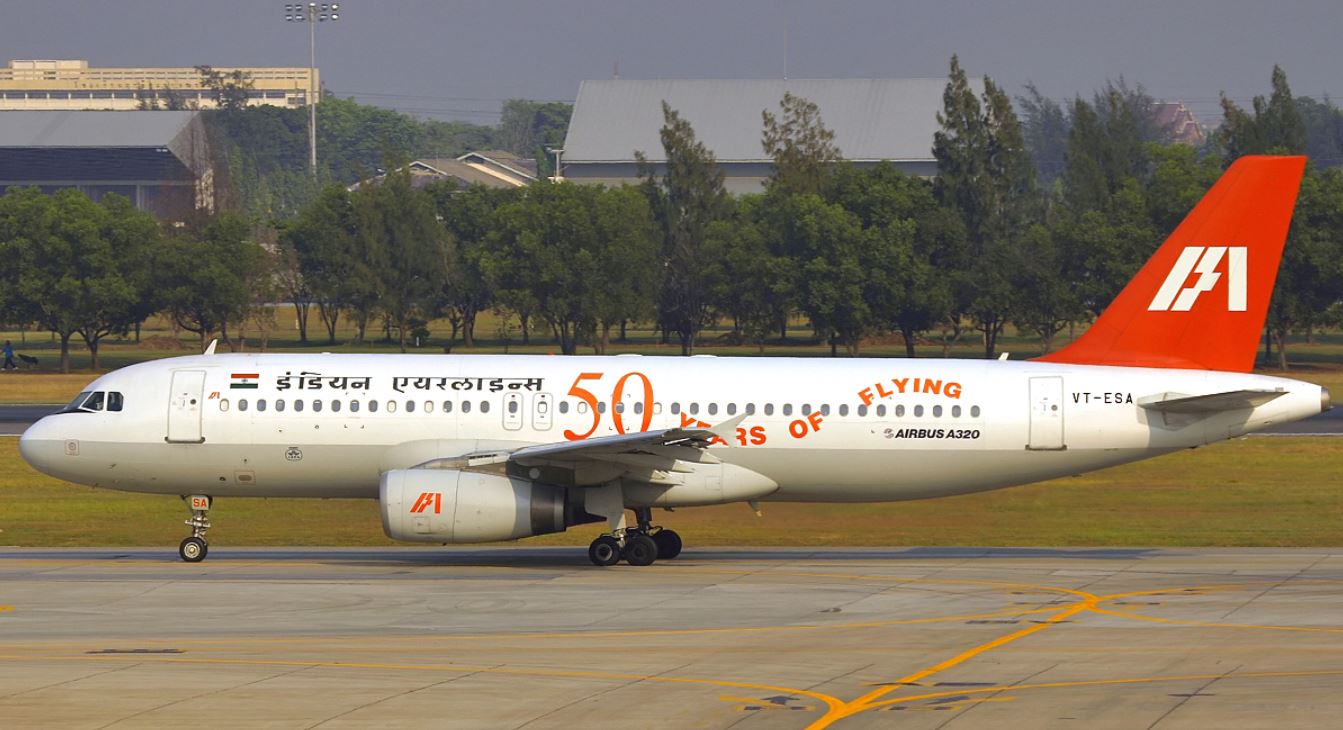 '50 Years of Flying' for Indian Airlines titles. Indian Airlines and subsequently Air India were the only airlines who had A320s with dobule wheel bogies due to India's low pavement classifiction runways in the 1990s / 2000s. Indian Airlines, Airbus A320-231 registred VT-ESA, MSN: 499]. Pictured in July 2004 in Bangkok. Photo Copyright Anthony Jackson NS: Please tell us about Laksh farms and foundation, and anything you want the readers to know. SL: Laksh Farms is named after my dearly departed mother. Her name was Lakshmi and my father used to call her ‘Laksh’ which became her pet name. The book describes how I found it and developing it into a successful farm. was a great labor of love – I often say that it is my third startup! My wife and I have created a beautiful natural heavenly place, which we are now proud to call home. It is nestled in a valley in the Aravalli range and has great energy and good vastu (home). It was developed from a total waste land that I bought in 1997 and I turned it into paradise, planted over 2,000 trees, ornamentals, mangoes, chikoo fruit (Sapodilla), citrus and ambles. One visitor described Laksh as “one doesn’t need to die to see heaven. Just visit Laksh farms”. The farm, besides being an agricultural farm with a dairy, chicken, geese, rabbits, is also a farm stay and open for bookings for a farm day. We practice natural farming, and at Laksh we also have the fabulous The Laksh Foundation in Haryana, India. This is a women self-help group and includes the Laksh Foundation Education Society. The education society provides free post school tutorials to around 1,200 kids in five neighboring villages. As a small NGO, organic farm and women’s sewing co-operative, it also began to offer free education to the children of local farm workers, offering them a way to improve their futures – and this is where we partnered with Warwick University, one of the UK's leading universities, with an acknowledged reputation for excellence in research, teaching, and innovation. Warwick worked with the Foundation since the beginning and have helped to shape our teaching programmes over time, until at least the start of the Pandemic. Warwick would send 12 volunteers during the summer holidays for three months for a teach the teacher program. In this program we were able to develop 40 of the brightest kids into educators who teach the kids and also learn to graduate in the Open University program. The foundation is a charitable foundation and is totally dependent on family and friend support. We have a computer lab for students and have tied up a weekly visit by a group of doctors who spend half a day at our village, Mangar, for medical consultation and provision of medicines for poor villagers. Laksh is our small way of giving back to society and nature from whom we took so much till retirement: Laksh is our home and was one of the best decisions I took to avoid the rat race and the hustle and bustle of city life. We are only an hour away from Delhi, Noida, Gurgaon and Faridabad yet set in tranquil settings – so near and yet so far! Bouquets and brickbats as we say. NS: Has India seen more near misses and collisions than other major aviation hubs/global average? SL: Not at all. As air traffic increases in the limited airspace, incidents of reduced separation are not only common but are not alarming and fall within the very low risk statistical average. There are risk mitigation options, both human and non-human. The whole issue comes under Communication Navigation Surveillance and the Air Traffic Management (CNS/ATM). The most common human factor is fatigue in the cockpit or in the control tower with overworked and exhausted controllers and pilots. We need to bring in more stringent fatigue management and fatigue risk management laws with penalties for aircraft operators & air traffic control (ATC) managers. This is the responsibility of the Directorate General of Civil Aviation (DGCA), which they unfortunately do not take as seriously as other safety regulators because of the commercial pressure from aircraft operators and the Airport Authority of India [AAI] who manage the CNS/ATM. A shortage of pilots and controllers adds to longer duty time, reduced rest and increased fatigue. NS: Who is to blame for such instances? Airlines, airports, or ground staff authorities? SL: In aviation, we don't play the blame game only look for the probable cause and learn from any incidents. NS: How can that gap be filled and who must fill it? SL: The only logical answer is to increase the airspace and improve surveillance by satellites. Air India and the DGCA are under no pressure to bring is proper laws to properly manage the fatigue issues for pilots and controllers. NS: Mr. Lumba, thank you very much for spending time to share your thoughts. It has been an absolute pleasure having you on my blog!
SL: You are welcome. The pleasure is mine. Thanks a lot, Nav!
0 Comments
Since I published my second blog article on the 25th of January – where I highlighted some exclusive insights relating to a whistleblower Air India captain, who cannot be named for legal reasons, raising concerns about passenger and Boeing 777-200LR aircraft safety [claiming they're flying illegally and could be left without oxygen if the cabin were to suffer a sudden decompression] – I have the following updates: COMPLAINTS SENT TO THE DGCA BY THE WHISTLEBLOWER CAPTAINThe whistleblower captain has sent a series of complaints via emails in 2024 filed with the Directorate General of Civil Aviation (DGCA) dated the 2nd of January, 27th of January, and the 7th of February. In these complaints, he painstakingly explains to the DGCA that he was “illegally terminated from Air India”. He further “requested multiple times from the DGCA to hold a fair and just enquiry to be conducted based on the principles of natural justice, pertaining to the safety violation”, which he believes is being done willfully and deliberately even though Air India officials have been cautioned since January 2023. According to the DGCA, they conducted a comprehensive investigation into the alleged violations. "Since the investigation prima facie revealed non-compliance by the airline, a show cause notice was issued to the Accountable Manager of Air India Limited", said the DGCA. "The response to the show cause notice was duly examined with respect to the laid down stipulations under the relevant statutory provisions and the performance limits stipulated in critical documentations laid down by the Original Equipment Manufacturer (OEM)", it said. Of paramount importance to the whistleblower captain is that he wants to understand “why the DGCA hasn’t taken any corrective action against Air India to stop operating those illegal flights”, which was the primary subject of his complaint [because he believes this is a cause of extreme danger to the lives of passengers and crew on these leased Boeing 777-200LR aircraft while flying between Indian cities and San Francisco [SFO]]. The whistleblower captain states that Air India is "misusing the privileges of the Air Operator’s Certificate on a daily basis, which is a license by the granted by the DCGA to legally operate a commercial airline. Misusing privileges of license on a daily basis warrants a serious review of the situation”. HOW IT ALL STARTEDI have also read with interest some highly sensitive and confidential information relating to this matter shared by the whistleblower captain. From these documents, some things can be made public, especially in relation to how this situation got to where we are today. On the 22nd of January 2023, the whistleblower captain raised a voluntarily safety report by writing to the various heads of departments of Air India via an email regarding this critical issue. Prior to this date, he did extensive research into this important matter. While his research was on-going regarding the same issue, on the 30th of January he was scheduled to operate a similar flight from SFO to Bangalore. On that day, for the route which he was assigned to operate as the PIC (Pilot in Command), he was presented with at least three flight plans, one after the other. These were presented by the flight planners at the IFD [Integrated Flight Dispatch] via the flight dispatch office in New Delhi. However, he felt he had no choice but to reject all of the flight plans because “he was duty bound towards the safety of his passengers and crew, as these flight plans were planned in a manner which was not only illegal but also fatal for the passengers and crew in case a depressurization emergency were to take place on certain segments of the route”. Therefore, he insisted that a safe and legal routing be offered by the flight dispatch department between SFO and Bangalore. Now, because of the change in the routing demanded by the whistleblower captain [PIC in this case], the flight dispatch office had to figure out an alternate route beyond the job of automatically printing out the everyday flight plan routings. It is a standard procedure to get a flight plan before any flight; however, the issue here is that getting alternate flight plans for this reason is not a regular occurrence. Sometimes an airline will have a standard route it uses for a flight – mostly on short domestic routes – and these routes will be saved in a database on the aircraft’s Flight Management Computer [FMC]. The FMC is an advanced computer system that plays a key role in providing flight guidance and control to the aircraft and is a critical component of the Boeing 777 aircraft which contains navigation and aircraft performance data. The FMC works in conjunction with other systems, such as the Flight Management System (FMS), the autopilot and auto – throttle etc., to ensure safe and efficient flight operations. Ultimately, the FMC is responsible for calculating and displaying essential flight-related information to the pilots, including routes, speeds, altitudes, and vertical and lateral navigation. It also controls the autopilot and auto throttle systems, helping to maintain the aircraft’s stability and performance during various phases of flight. Therefore, each flight route is planned based on several factors, including options for speed, altitude, fuel consumption, alternate airport/route, weight etc. Under normal circumstances, some of these things may of course change pending any requests from Air Traffic Control [ATC], weather, commercial dept. of the airline, such as for example last minute changes in cargo or the number of passengers. Although the standard distance doesn’t usually change; however, with every flight the time taken to fly the same route can change (and therefore the fuel required) could alter, for example it would take longer if you were flying in strong head winds. Airlines require permission to fly through the airspace of each country they pass over. If for any reason you don’t have permission, the route will be altered, and they also try to find the most inexpensive route [compatible in every sense.]. LEASED BOEING 777-200LR AIRCRAFT ILL-EQUIPPED IN TERMS OF OXYGEN FOR THE FLOWN ROUTES As per the whistleblower captain’s extensive research, he noted that his “aircraft was not equipped with the legal amount of stored breathing oxygen to provide passengers in case there was an emergency descent required over Greenland due to vast stretches of high mountainous terrain throughout the continent”. Furthermore, on the day of that flight the whistleblower captain realized the same held true for other route segments which were passing over high mountainous regions such as the Rockies and some parts of China [ especially Kunming airspace] as well. "For these leased aircraft, it is not safe and legal to fly over China's high mountainous terrain, especially around the Kunming ZPKM flight information region (FIR, which is Airway A599 and then Airway A581] which contains the Kunming, Lijiang, Dali airspace" said the whistleblower captain. He noted that “it would have taken a considerable amount of time, which was much more than the capability of Air India’s leased B777-200LR aircraft, which carried only 12 minutes of stored/breathing oxygen on board, to descend to at least an altitude of 10,000 feet or below to prevent passengers from experiencing hypoxia”.  Map of China's flight information regions (FIRs). The Kunming FIR region is the one with high mountainous terrain. Air India's Boeing 777-200LR flights are being used to fly Indian destinations to SFO via the Kunming FIR, Wuhan FIR, and Shanghai FIR regions over China and then onto South Korea and the Pacific Ocean: Copyright ICAO. FLIGHT PLANS NOT COMPATIBLEDespite the aircraft not being equipped with more than 12 minutes of stored breathing oxygen, the whistleblower captain, while he was still at the crew hotel in San Francisco, noticed the initial flight plan he was presented with was illegal because it required him to fly the Boeing 777-200LR aircraft with less than the minimum legal amount of stored breathing oxygen over high mountainous terrain, especially the route segment over the Rockies. Fearing for the safety of the lives of his passengers and crew, he requested the flight planners at the IFD to provide an alternate flight plan. Almost seven hours went before the flight dispatch team provided him with a flight plan which was legally acceptable. “This highlights gross incompetence on the part of the Air India flight dispatch team, which is supposed to be of assistance to its operations 24/7 and efficiently and timely produce results, such as providing a flight plan even if it requires a change in routing,” said the whistleblower captain. That was to be the whistleblower’s final flight, and since then he claims, “Air India has illegally terminated me without conducting a proper enquiry”. I wonder if the passengers were ever refunded for this flight. I have reached out to Air India’s press office for a comment but have not received a response. PASSENGER WOES ON INDIA-SAN FRANCISCO ROUTESMind you, this is not the first time an Air India flight from San Francisco to India [and vice-versa] has been delayed. On June 6, 2023, Air India flight AI173D from Delhi [DEL] to San Francisco [SFO] carrying 216 passengers and 16 crew on board was diverted to the Magadan port city in far east Russia following a mid-air glitch in one of the Boeing 777-200LR aircraft engines. All passengers and crew were stranded in the port city for two days, and the replacement aircraft ferried them to San Francisco on 8 June. However, the return flight to Mumbai was cancelled. "Air India flight AI180, scheduled to operate from San Francisco (SFO) to Mumbai (BOM) on June 8, 2023, was cancelled due to an unforeseen technical issue," an Air India spokesperson said. It is a sad state of affairs for an airline that was once known as a world-class luxury brand, especially in the 60s, 70s, and the 80s. By the 1970s Air India had over 10,000 employees in over 50 countries. It was a brand to be reckoned with and had an aura of sheer glamour and excitement. According to the book “Empires of the Sky – The Politics, Contests and Cartels of World Airlines.” by Anthony Sampson, Air India’s founder, the legendary aviator and industrialist J.R.D. Tata was approached to design Singapore Airlines’ inflight services which international travelers speak of highly today. The best of Asian hospitality that Thai Airways and Cathay Pacific are known for today was first embodied by Air India right from the 1950s. However, things began to deteriorate from the 1990s onwards as competition became fiercer, especially from the Middle Eastern and other Asian carriers. Air India began making heavy losses after merging with the state-owned domestic operator Indian Airlines in 2007. It relied on taxpayer-funded bailouts to stay operational, and since then it has sadly been the butt of jokes for bad quality of service. DETAILS NOT CLEARThe captain claims he did not refuse to fly, but instead he asked for an alternate route because he was concerned for the safety of the lives of the passengers and crew members.
A few details are murky and not clear as mud: why did it take the flight planners almost seven hours to provide the captain with an alternate [legally acceptable] flight plan at San Francisco? [note that airlines are used to operating and working in 24/7 time zones for emergencies like this, and the resources are there for back up support.], has this ever happened before with any other airline? More importantly, what exactly has the DGCA fined Air India for? and under what provision of the law (DCGA Civil Aviation Regulations [CAR])? and why has not the order dated 24th of January 2024 against Air India been made public by DGCA? The whistleblower captain “has not had any replies, even after he has applied under the 2005 Right to Information Act”. The whistleblower captain has also asked [I quote] “Why has the DGCA not publicly disclosed the order copy dated the 24th of January 2024, which imposes a fine on Air India, especially to the whistleblower captain, as he is the complainant?” He further states that “the DGCA have released a press note, which is ambiguous and not specific. This order should have been made public to all the stakeholders to learn from it and understand it from the air safety point of view to implement these safe practices in their airlines and know what not to do”. Another veteran airline captain spoke to me on condition of anonymity and said: “It is important to note that whistleblowers play a crucial role in the fight for accountability and a fairer and safer world, and especially in aviation”. Since I published my blog yesterday – where I highlighted some unique insights relating to a whistleblower Air India captain, who cannot be named for legal reasons, and who raised concerns with the airline about passenger and aircraft safety [claiming they're flying illegally] – a couple of interesting things have happened. Firstly, we heard that Captain Vivek Chhabra, the Chief Flight Operations Inspector [CFOI] has been fired rather unceremoniously by the Directorate General of Civil Aviation (DGCA). Secondly, on top of this, the DGCA fined Air India over US$132,000 for safety violations on some of its ultra-long-haul flights to the US. This has happened, as per my understanding, after an internal investigation carried out by the DGCA. The aviation watchdog slapped the fine on Air India for flouting rules with respect to flights operated on certain long routes over vast stretches of mountainous terrain. "We disagree with the order issued by the DGCA. The issues raised were thoroughly examined by Air India along with external experts concluding that there was no compromise on safety, whatsoever. We are studying the order in detail and will review the options available to us, including our right to appeal as well as taking it up with the regulator," the airline said in a statement. According to the whistleblower captain "if the DGCA had included the complainant (the whistleblower captain) in the investigation, then no stones would have been left unturned. For reasons best known to the DGCA, they have ensured that the complainant (whistleblower captain) has not been a part of this investigation”. Furthermore, the captain claims he doesn’t think the DGCA has acted fairly, and a proper investigation has not been carried out because he believes a fine is not enough to deter the airline.
He said “considering the grave breaches of duty by Air India, I fear this will enable Air India to essentially go Scott free by paying a paltry amount of over US$132,000, even though the breaches are of a very serious nature and affect the public at large”. He does have a point. Whatever the actual circumstances that led to the sacking of the whistleblower pilot, there are still thornier questions for both the DGCA and Air India about their approach on handling this case. Analysts and experts have been asking for some time whether fines actually change human and corporate behaviour? This is true not just relevant for the aviation industry, but also in healthcare, railways, and any other customer-facing industry. Or is there something else that can be done to make us better human and corporate beings? “The DGCA should have held a full enquiry against Air India and ought to have called me as I would have brought on record the grave and serious issue and further mala fides of Air India in terminating my employment so as to hush up the matter,” the captain went on to say. On whether airlines should be penalised for safety failures, the whistleblower captain said “there is no point – the basic ethos of any airline is “safety first”. However, Air India has proven by this very example [of being fined] that they are putting “safety last”. Profits over safety has made Air India tie itself up in knots”.
India's national flag carrier airline, Air India, which is owned by Air India Limited, a Tata Group enterprise, was once known for its lavishly decorated planes and stellar service but its reputation declined in the mid-2000s as financial troubles mounted. When the debt-ridden airline was officially bought by the Tata Group in October 2021, and officially handed over in January 2022, the airline was saved from almost bankruptcy.
The Tatas paid nearly US$2.4bn after the government made the terms of the debt less onerous for the buyer. The salt-to-steel conglomerate founded the airline in 1932 before it was taken over by the government in 1953. The handover brought to an end a years-long attempt to sell Air India, which has racked up losses worth over $9.5bn. Under its new owners, the airline is looking to restore its reputation at home and abroad as a world-class carrier with a complete transformation of the brand, and the announcement of 500 aircraft orders to revamp the brand, including unveiling a new logo. Inconsistent Service Standards
However, it has come to my attention from various credible sources within the airline that Air India continues to suffer from legacy inconsistent service standards, low aircraft utilisation, dismal on-time performance, antiquated productivity norms, lack of revenue generation skills, and most importantly, a failure of international safety standards. Some may argue [though not proven] that there is still the sense of unsatisfactory public perception.
Even at the beginning of this new year, there have been a few viral videos or posts on social media criticising the lack of quality of service. Shreyti Garg, a content creator, recently shared her not-so-great experience on an Air India flight from Delhi to Toronto on Instagram. She expressed her sheer disappointment regarding the in-flight facilities despite the expensive ticket prices totalling approximately over US$5,580 for herself and her two young children.
In another case in January 2024, a passenger on an Air India flight slammed the airline after it served her non-vegetarian food, despite the packaging being labelled as meat-free. Taking to X, formerly known as Twitter, Veera Jain shared images of the in-flight meal she was provided on-board the Calicut-Mumbai flight. "On my Air India flight AI582, I was served a vegetarian meal with chicken pieces in it! I boarded the flight from Calicut airport. This was a flight that was supposed to take off at 18.40 but left the airport at 19.40," Ms. Jain wrote.
As is the case with quite a few legacy airlines, Air India is no stranger to having a history of outdated core platforms, leading to decades-old legacy systems. These systems fail to keep up with customers' needs for speed and advanced functionality, despite continuing to serve their purpose.
There would be high expectations from some that, if anything, the Tatas would bring in seamless systems and procedures and above all, world-class aviation safety procedures, which is the pillar on which every airline is built on. With the Tata takeover, it is understandable that things will not improve overnight and it is a challenging task for any global airline, especially with a lot of moving parts globally. With the takeover, Tata inherited multiple aircraft which were grounded due to a lack of maintenance resulting from financial issues. Even though Tata started to inject a lot of money to get aircraft operational [in the region of almost US$400 million to completely refurbish the interiors of its legacy fleet of 43 aircraft]; however, there were, and still are, a lot of supply chain issues related to poor quality seats and In-Flight Entertainment [IFE], which will take time to resolve. However, some veteran staff members in the airline, namely airline pilots, have confidentially expressed concern to me that contrary to popular belief, instead of things steadily improving, they believe the airline is heading into a slow spiral of events that would lead it to go from bad to worse. This, according to these staff members, commences with flouting the much revered Tata Code of Conduct [TCOC]. According to a former veteran Air India Captain, who wishes to remain anonymous, "the contracts provided to all Air India staff members after the Tata takeover have been draconian to say the least and in complete violation of their own TCOC guidelines". Safety has taken a back seat since their training facility was suspended for a while, along with the Air Safety Chief by India's Directorate General of Civil Aviation [DGCA] following major lapses. It is important to note that the DGCA is not an independent body but is a statutory body of the Government of India [GoI] that helps to regulate civil aviation in India. Both the DGCA and the Airports Authority of India [AAI] are subordinate to the ministry. The only difference is that the AAI is an independent authority with its own finances and its chairperson and executive directors are appointed by the Public Enterprises Selection Board [PESB]. DGCA, is, unfortunately, an attached office of the ministry of Civil Aviation with very little financial and non-financial powers. Safety Compromised
Thereafter, systemic, and procedural lapses have been quite frequent in the mainstream news. The latest happening in January 2024 of a hard landing incident involving an Air India Airbus A320neo aircraft registered VT-CIQ in Dubai. This was by a captain who was supposedly stood down by an instructor earlier. Thankfully, the aircraft structure held on despite this abuse otherwise hard landings can be highly risky and can damage the aircraft structure and injure passengers. In this case, the instructor was fired for gross negligence.
A particular issue that has come to my attention is of a whistleblower pilot, who cannot be named for legal reasons, and who was fired for reporting a serious safety matter to the airline leadership that he believes is endangering of passengers and crew lives on a daily basis. According to an article in the Economic Times in November 2023, "The Indian civil aviation ministry and the DGCA will look into a complaint filed against Air India by a former senior pilot alleging that the airline operated Boeing 777 planes to the US without having the required system of emergency oxygen supply, according to sources. The pilot, who had served as a Boeing 777 commander, complained about the practice to the ministry and the DGCA on October 29." If the whistleblower pilot is correct, then it is quite concerning that the DGCA hasn't done anything since November 2023 and are basically sitting on a strong piece of evidence. According to information from Air India sources, the chief flight operations inspector of the DGCA has a conflict of interest in this investigation since his spouse flies the same aircraft as a captain in Air India. The Economic Times article further states that an Air India spokesperson says, "The matter in question is multi-dimensional and has already been examined by Air India and external experts." Whistleblower Illegally Fired
As far as I am aware, Air India have refused to comment any further and said their foremost priority is the safety of the airline's passengers and crew, and there is no compromise on that safety. If that is the case, then why have they fired the experienced pilot? What have they got to hide if the facts are there? You would assume that if someone within a company has reported an error or some issue to their superiors, that they would be highly praised for that rather than being made an outcast and punished for challenging unsafe procedures. That too, without a proper enquiry.
Instead of discussing and correcting the safety issue they chose to cover it up and terminate the services of the pilot. In a novel I once read, one character says to another "...if you get on the wrong side of senior officers, they take it out of you in other ways." He was referring to the army, but I guess it is true anywhere, sadly. Deployed with Newly Leased Boeing 777-200LR Aircraft
It seems, going by what quite a lot of aviation experts have said, and the amount of data I have at hand - including aircraft manuals I have seen - that every aircraft has a certification for its supplementary passenger oxygen systems. Every aircraft has oxygen systems designed to provide oxygen to overhead masks in the event of cabin depressurization. For the Boeing 777-200LR aircraft, oxygen can be supplied for approximately 12 minutes, per passenger, as it is chemically generated. During the descent process, due to the depressurization event, the aircraft must descend to 10,000 feet within this 12-minute period. At this altitude, the ambient environment becomes acceptable under those given conditions just for survival.
Nevertheless, when aircraft are normally flying at their cruise altitudes over vast stretches of mountainous terrain, which are usually above 8,000 feet in elevation, they need to commence their descent to 10,000 feet as soon as the depressurization event occurs. However, they can descend to an altitude of 10,000 feet or below once they have passed beyond the mountainous terrain and reach areas of obstacles with elevation of 8,000 feet or below. Therefore, for certain routes, more than 12 minutes of oxygen is required to be supplied to the passengers and crew to clear the mountainous terrain.
The airline's older Boeing 777 aircraft are equipped with an oxygen system, which is of a gaseous type to supply the passengers, and these aircraft are routinely deployed on routes to Europe and most routes to the US. However, the concern is that more recently, Air India has introduced additional Boeing 777-200LR aircraft, leased from Delta Air Lines, that are equipped with chemically generated oxygen systems which last approximately 12 minutes and these are not suitable for certain segments of the routes regularly flown between India and San Francisco [SFO]. Five Boeing 777-200LR aircraft were leased by Air India, and the registrations of these affected aircraft are:
VT-AEG [Named Kerala. Shown in the image above. MSN 30440. Ex reg N706DN] VT-AEE [MSN 29739. Ex. reg N704DK] VT-AEF [Named Jharkhand. MSN 29741. Ex reg N702DN] VT-AEH [Named Alok. MSN 39091. Ex reg N707DN] VT-AEI [Named Uday. MSN 39254. Ex reg N708DN] These five aircraft have been flying for well over a year and are still flying on routes which legally require more stored breathing oxygen supply. Since the whistleblower pilot has been illegally terminated and a precedent has been set therefore the learned captains are knowingly piloting these flights on the India-SFO routes which turn into 'flying coffins' on certain segments, all because of the fear of getting terminated. The Law of the Land
Besides this, it breaks the law of the land, as per the DGCA's CIVIL AVIATION REQUIREMENTS, SECTION 8 -, SERIES'O', PART II, dated 30.10.2018, each time one of those leased Boeing 777-200LR aircraft takes flight between India and SFO. I wouldn't want to hear of a plane landing with more than 350 dead passengers from the lack of oxygen.
According to the above mentioned DGCA Civil Aviation Requirement [CAR], on paragraph 4.3.9.2 it clearly states [I quote]: "A flight to be operated with a pressurised aeroplane shall not be commenced unless a sufficient quantity of stored breathing oxygen is carried to supply all the crew members and passengers as is appropriate to the circumstances of the flight being undertaken, in the event of loss of pressurisation, for any period that the atmospheric pressure in any compartment occupied by them would be less than 700hPa." The law of the land clearly necessitates that in case of a depressurization event while the aircraft is descending to 10,000 feet, as per the procedure prescribed in the manuals and standard operating procedure, there should be enough stored breathing oxygen. This should be continuously supplied to all passengers and crew members until the aircraft reaches an altitude of 10,000 feet, which corresponds to pressure level of 700hpa in the International Standard Atmosphere [ISA]. Danger of Hypoxia
This is a very serious matter because if the aircraft experiences a rapid depressurisation over mountainous terrain, then passengers will instantly get into a state of hypoxia, once the 12 minutes supply of oxygen depletes before the aircraft can reach 10,000 feet above sea level. The caution by the whistleblower pilot if ignored endangers the life of approximately 350 passengers and the crew in the cabin of the aircraft on a daily basis.
We should never see a situation where safety is compromised, and profits are seen as priority because that can have catastrophic consequences. Air India, an airline that is desperately trying its best to reimagine and transform its image globally to become a truly world-class airline that can rival the likes of Emirates, Qatar, Singapore Airlines etc. should take note of this quite seriously. Surely any leader of an airline should not be resting on their laurels, knowing that there are flights operating at this very moment which lack vital safety equipment for passengers and are violating the privileges of the license given by the government known as Air Operators Certificate on a daily basis just to improve their company's profits. Therefore, it would be one of the worst disasters waiting to happen in aviation history. In a developed country, with good democratic practices supported by pilots' unions this would have resulted in the grounding of the aircraft fleet or a change of the routes rather than shooting the messenger who should have been rewarded for bringing out a safety lapse. With the exponential growth Indian aviation is slated to record in this decade, I hope better sense prevails with the aviation authorities and the airline. Another example we have seen recently is on January 11 when an Air Cote d'Ivoire flight turned around just minutes after leaving the Gambian capital Banjul. The Gambia football team travelling to Ivory Coast for the upcoming 2023 Africa Cup of Nations "could have died" during a flight that was aborted, claimed coach Tom Saintfiet. Saintfiet believes there was a lack of oxygen, saying conditions prompted many of the delegation to fall asleep. The coach praised quick thinking by the pilot for keeping his team safe. Saintfiet told BBC Sport Africa: "The local crew said there was a problem with the air conditioning before we took off but that it would be all fine when we took off. After a few minutes, it was very hot in the plane. We all fell asleep because there was a lack of oxygen - some of the players couldn't be woken up. The pilot noticed and we had to return." "People got headaches and if the flight had gone on for another 30 minutes, the whole team would have died. The strange thing is that the oxygen masks didn't come out - it's good that the pilot realised that this was a deadly situation and so turned back. But we are still in shock." This lack of oxygen can lead to fatalities in seconds. The airline's management will need to take quick decisions to rectify and make sure that such an incident does not occur on those long-haul flights operated by the Boeing 777. I shudder to think of a nation whose aviation industry is experiencing the fastest growth percentage in the world at 20% per year is playing with fire. How do you end up missing three flights on one evening? Can it really happen? The simple answer to that is, yes it can, and it happened to me. So, if you suffer a similar unfortunate issue, you have my upmost support and sympathy.
In May this year, I was supposed to fly on Air India’s brand new Dreamliner Boeing 787 aircraft to promote their Business Class (and the aircraft itself). The flight was booked to go from Shanghai Pudong International Airport to New Delhi IGI Airport. From Delhi, I had a connecting flight to London with Oman Air (via a short stopover in Muscat). This was my first time to try out Air India, and the airline had specifically invited me. Since I have a British passport (Sadly, I am not Indian), so therefore I was to the understanding that I had to get a visa if I was to even transit through New Delhi, even if I had a connecting flight with a different airline. Not only I double checked, but in fact I triple checked with the senior management and even went to the board level at the airline to make sure whether I did or did not require a visa. The senior management, namely Air India’s China Managing Director at that time (whom I am not going to name in this article), told me that as a British citizen, I did not require visa if I was just transiting via New Delhi - even if my onwards journey was with a different airline. Being the fact that she was the country Managing Director, I respected and trusted her words. In any case, I showed her the proof from the Indian Consulate General’s website, which at that time, clearly stated that British Citizens required a visa for India if they were transiting to catch another flight, even with a different airline. Effectively, I would have had to collect my luggage upon arrival at Delhi, leave the building and then check-in again for Oman Air. However, despite I showing her the request from the Indian Consulate General in Shanghai, the Air India Manager was adamant that I did not require a visa at all. Before the actual day of the flight, the Air India MD told me that the airline’s station manager would be at the check-in desk to personally greet me and take me through to the aircraft before boarding (this is normal security procedure for media every time I carry out an airline review). Come the day of the flight, as you can imagine that I was super excited. It was a Friday evening, and my scheduled flight was at 10pm. I got to the dedicated Air India check-in counter at Shanghai Pudong Airport around two hours before departure. The first thing I noticed was that all the check-in staff were local Chinese and were wearing Chinese Eastern Airlines uniforms. Where were the Air India staff? Well, to my surprise, Air India have no native Indian check-in staff at the airport because of financial cuts, they have outsourced their check-in and ground handling to China Eastern Airlines. The airline’s duty manager (who was Indian), was nowhere to be seen either. Apparently, he was on the ground next to the aircraft and his mobile was switched off, when he should have been at the check-in counter as that’s the job of the duty-manager. When I checked-in, I showed them my media documents, passport, flight ticket, and the necessary permission letters that I had got from the Air India management. The gentleman at the check-in counter initially gave me my boarding pass, but then he noticed that I had no transit visa for India, and therefore I was denied boarding. Both the check-in staff and I tried to get hold of the senior management at Air India, and the duty manager; however to my surprise and disappointment, nobody picked up the phone. After waiting for around a further 20 minutes, the check-in staff came back to me and told me something I did not want to hear: “The duty manager does not know who you are, and nobody briefed him that you will be on this flight. You need a transit visa for India, otherwise we cannot allow you on this flight” he said. “Where is the duty manager? I want to talk to him” I said in my response. The check-in staff member went on to say: “The duty manager is busy near the aircraft and he has checked all his emails, and documents, and he does not have any information about you or any other journalist to be on this flight. I’m sorry, sir, but I have no choice but to deny you boarding on this flight. Your baggage will be back with you shortly” The sad part of all of this episode was that there was nobody who could help me - not from Air India or from China Eastern Airlines. The check-in staff were helpless. The blame goes directly on serious incompetence and lack of effective communication from the airline’s senior management and board members. I have never experienced anything like it with any other airline - ever, and trust me, I have reviewed many airlines, and all the experiences have been positive. This was not a good first for sure. I have friends who are working as pilots and cabin crew for Air India, and they all do a great job. But the root cause of all the ills of any company come from the top to the bottom. The fact that the senior management of a national flag carrier of one of the largest democracies in the world can easily get away with this is a complete shambles. Surely an embarrassment as well. The fact that no one from the airline apologised is also a serious disappointed. It is just diabolical. I understand that such incidents can and do happen with other airlines. But when you are trying your best to help to improve and sell the brand image of an airline that is already suffering from financial problems and countless number of embarrassing incidents that have let the company down in the public limelight, it does no justice whatsoever for them to make mistakes like these. They simply cannot afford to do this. Does it let the image of the airline down? Yes, it does. Air India used to be one of the best airlines in the world when the Tata group owned in back in the 1960s/70s, and it was one of the first in the world to operate a jet aircraft. Those glory days are long gone. The airline’s brand mascot is a Maharajah, and their brand motto is “Your Palace in the Sky”. Well, I’m not sure whether it is still a palace in the sky or not because I’ve never tried their service, but they have definitely let the maharajah down. Either that or he’s cursed. At this point it must have been around an 8.50pm, about an hour after I initially arrived to check in. Exceedingly frustrated, hot, humid, dejected and somewhat panicked, I collected my baggage and thought of plan B. The only thoughts I had in mind were that I had to make it to London no matter what. The sad thing was that not only did I miss the Air India flight, but in the process, I also missed the connecting Oman Air flight from Delhi to London. It was nearly 9pm by now. My only hope was to purchase another flight. But, to make matters worse, most of the airline ticketing desks were closed, my laptop was operating on only around 2% battery (and the charger was in the baggage somewhere, which I didn’t have time to find), my mobile phone’s battery was low, too, and there was VPN available (Google, YouTube, Gmail, Hotmail are all blocked in China and so you need a VPN). My only hope left was to run to the Business Centre (which closed at 9.30pm) and pray that I could catch one of the last remaining flights of the night to London - Aeroflot, Air France, Lufthansa, Emirates, Qatar, Etihad, Turkish all had flights going to London via their respective hubs. The Air India desks were at aisle G, and the Business Centre was at A, and being the large airport it is, Pudong Airport’s Terminal 2 departures all is HUGE to say the least…you can imagine a helpless chap with three pieces of baggage, laptop and cameras, running –sweat pouring all over – at breakneck speed from one part of the terminal to the other! While making full use of the exceeding slow internet at the Business Centre, I used my Barclaycard Visa to purchase a one-way economy class ticket with an Etihad Airways flight the same evening for US$750. By the time I bought the ticket, it was 9.20pm and the Etihad flight check-in closed an hour before the flight at 10.30pm. Great! I would get home on time and enjoy a nice bubbly on the plane after all what I went through! What a relief…so I had thought! When I checked-in to the Etihad Airways flight, to my shock the staff there could not find my ticket reference number. I was gobsmacked. Even with my passport and date of birth they could not locate any information on their computers. Even worse was that I couldn’t access the Gmail address which I gave when I booked the ticket (as pointed earlier that Gmail is blocked in China and I had no VPN either). In the heat of the moment, I forgot to take a note of the reference number. Therefore, I was denied boarding on the Etihad Airways flight, too. Utterly dejected, angry, dazed and just exhausted, I literally begged the Etihad Airways staff to look for the flight ticket reference, but at no avail. For the next ten minutes, I just sat on the floor on the airport terminal, and pondered over plan C and tried to keep positive. The only option left now was to book into a hotel and book another flight early the following morning, as well as apply for the refunds from Oman Air and Etihad Airways. I had no choice but to spend more money and stay the night at the Shanghai Airport Hotel (located between Terminals 1 and 2…that cost me around US$70 for one night). When I got to the hotel, I finally manage to charge the batteries of all my devices, and was able to access the VPN to book another flight. When I accessed the Gmail account, I saw that I had indeed received an email from Etihad Airways confirming my flight ticket – it may have been too close to the flight for the system to send the data to the check-in counter. I managed to purchase a one-way Virgin Atlantic flight for US$650. Altogether, I managed to lose over US$2,000 that night (two flight purchases, hotel for one night and the cost of my connecting missed flights with Oman Air). Imagine if I had a family with two kids, for example…no doubt it would have been a VERY expensive and exhausting evening (thanks to the blunders from Air India and Etihad Airways). After this traumatic experience, I was even prepared to fly cargo if I had to. The following morning, I arrived at the airport with plenty of time in hand, grabbed a hot Starbucks cappuccino and was prepared for the worst. Thankfully, I managed to check-in without any issues and enjoy a lovely flight from seat 44 at the back of an ageing Airbus A340 belonging to Virgin Atlantic. Interestingly, our Virgin Atlantic flight arrived an hour before the Oman Air flight that I was due to arrive on originally. I hope I never get to experience anything like this again. As for flying with Air India? Well…this was supposed to be my first time and I hope that the next time I try to fly with them, I really feel as if I am in a palace in the sky! I can understand the mistake made by Etihad Airways as that is more than likely to be a technical error, but there is no excuse for Air India, where human errors from the senior management have resulted in a complete failure of communication. "What Happens On the Flight Deck...Stays on the Flight Deck".
No names, no pack drill. No aircraft types and nothing else. But really. An airline can preach Air Safety, Crew Resource Management and professionalism until the animals come home. But what 'professional' company allows both of its operating Pilots to sleep their way across the Bay of Bengal and half of a busy Indian airspace- failing to answer radio calls for almost an hour!? They apparently got a shock when the air hostess accidentally turned off the autopilot. Lucky the passengers didn't find out...and lucky that they eventually woke up. Here is how the UK Telegraph reported it. |
Get in Touch:LIFE MATTERSHere I share my thoughts
and experiences during my travels, and how some things have affected my life as an expat and world traveller. Travelling is about capturing that moment in life. Every word, view and opinion on this page is that of Navjot Singh - except where indicated. The most recent is at the top. Scroll down to read the archive. Or search using CTRL+F (COMMAND + F) and enter a keyword to search the page. Just some of the stories you never heard before. The NAVJOT-SINGH.COM web blog is separate to this web site....Click blog, which may not be visible in some countries due to local firewall restrictions, so in those cases this weblog may be read. The weblog also includes some of my press trip reports- most of which are not published on the official blog because of copyright issues. The weblog also contains articles that may be associated directly with a PR trip for a country, airline or a hotel. These are PR reviews done in relations with various companies. If you are an investor or a trend watcher then you may find this website useful as investing has a lot to do with personal observations and finding the ideal trend or next big thing. The average human on the street frequently knows far more about the state of the economy than politicians, university professors, subject matter experts, and financial analysts who seldom travel, or if they do so, only from one hotel to another hotel! The pulse and vibrancy of an economy is nowhere more visible than on a country's streets. All photos and words are © Navjot Singh unless stated. Photos taken by others or by agencies are appropriately copyrighted under the respective name. No photo or word/s may be taken without the prior written permission by the author (i.e. Navjot Singh). All Rights Reserved. Archives
April 2024
Categories
All
|
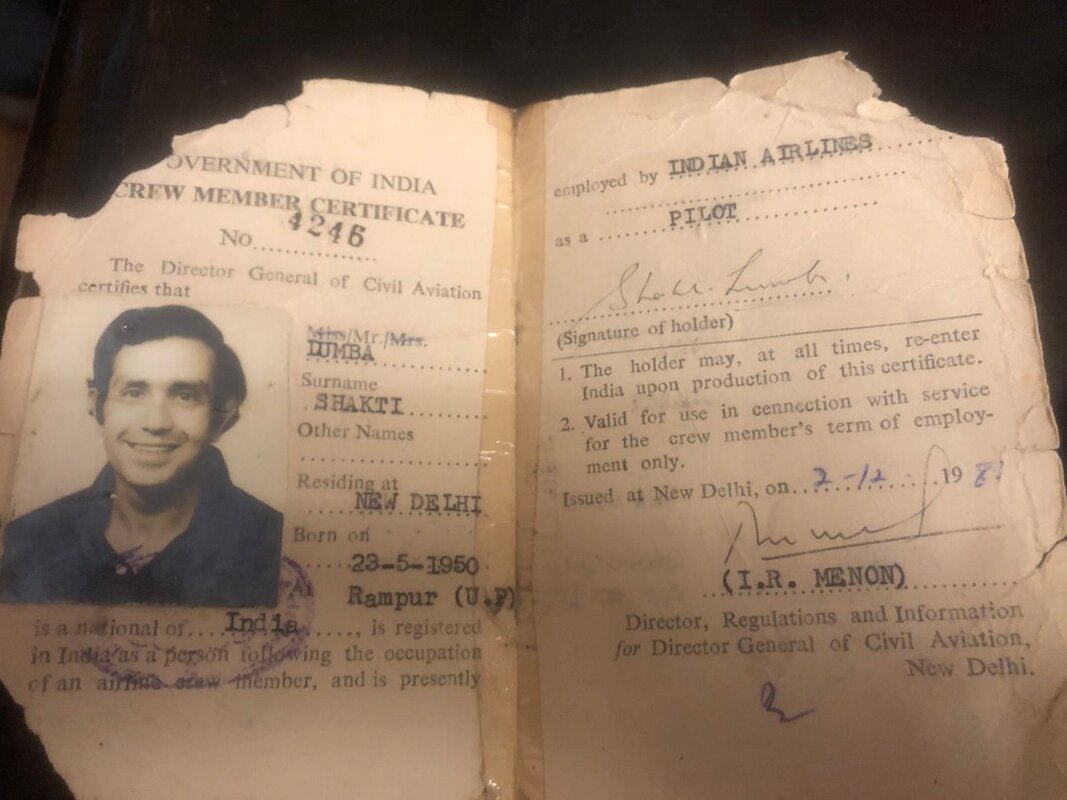
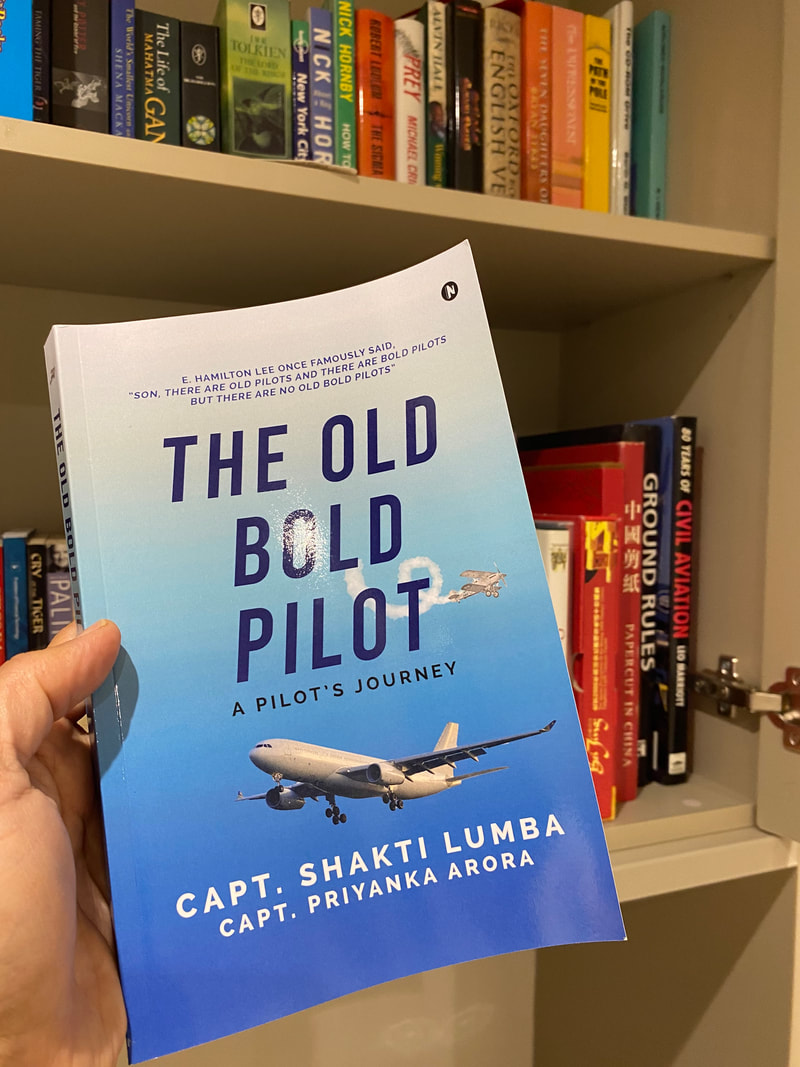
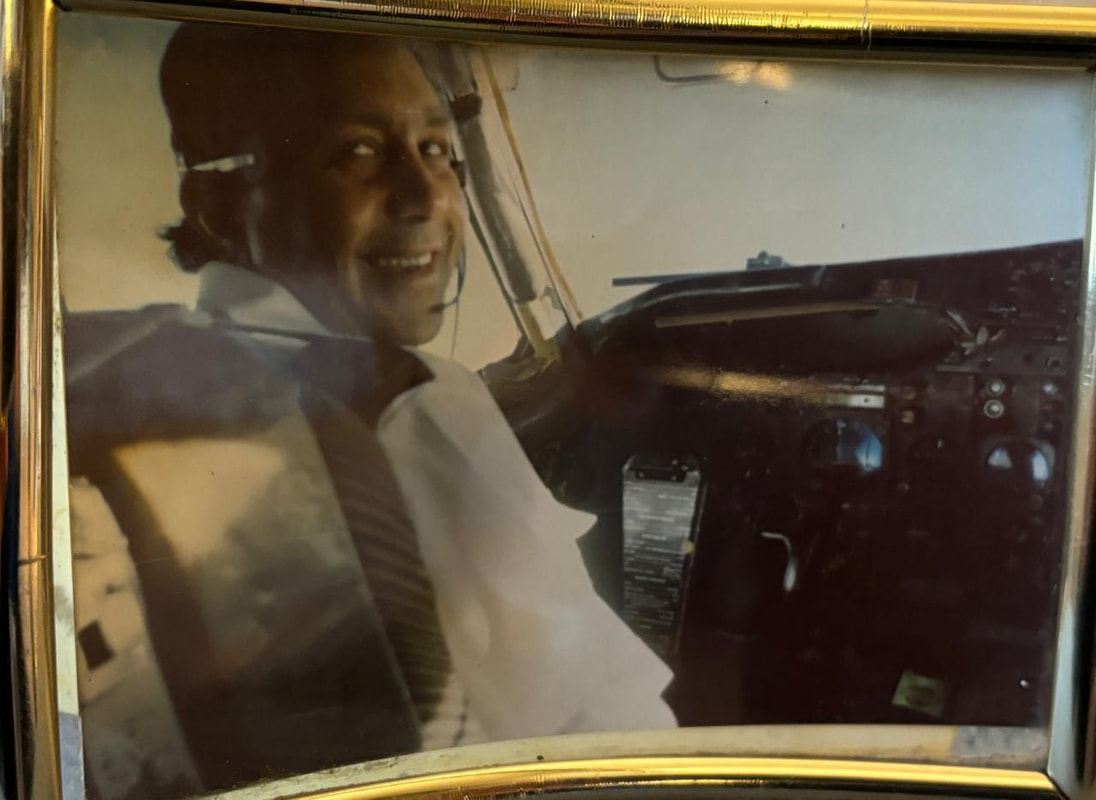
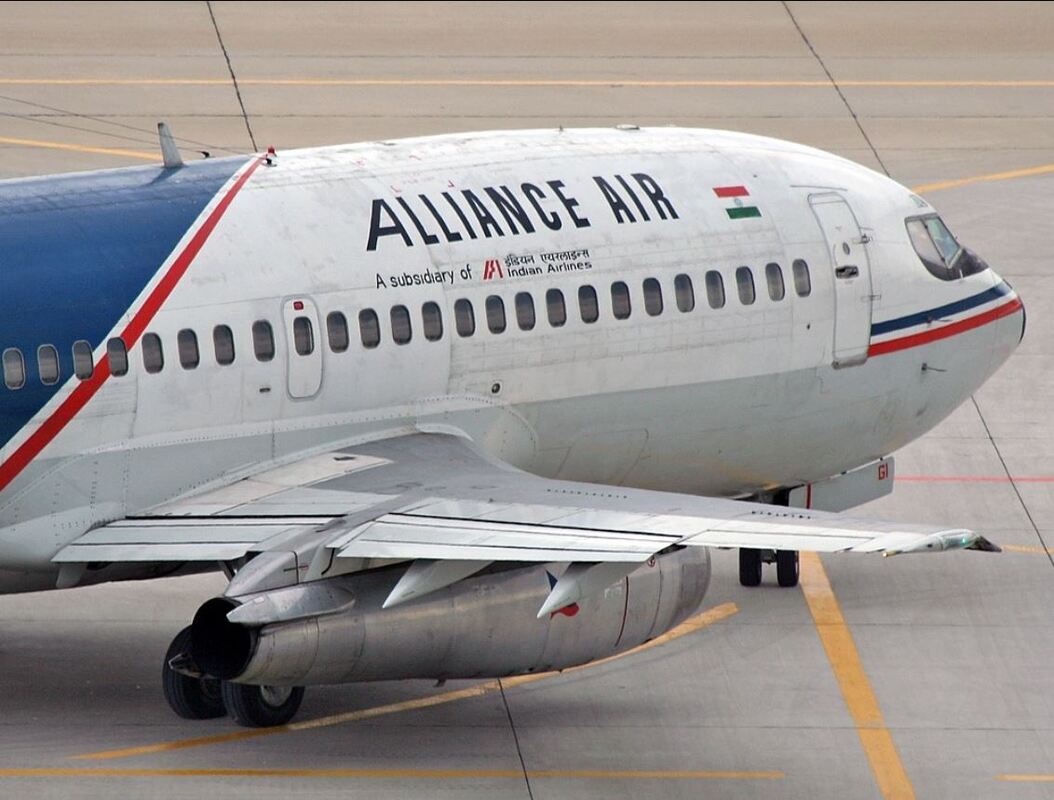
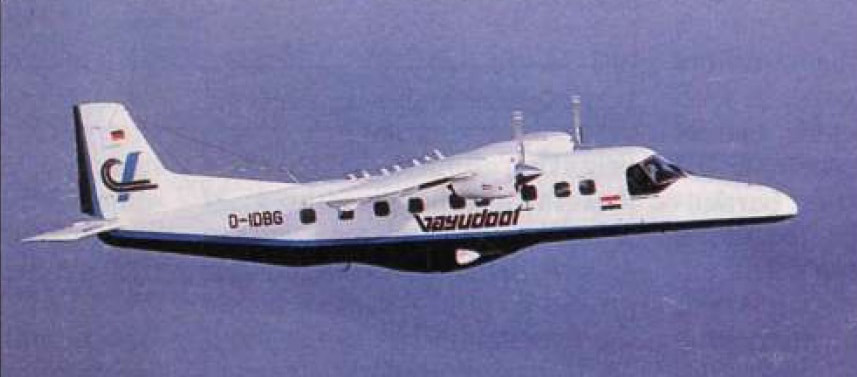
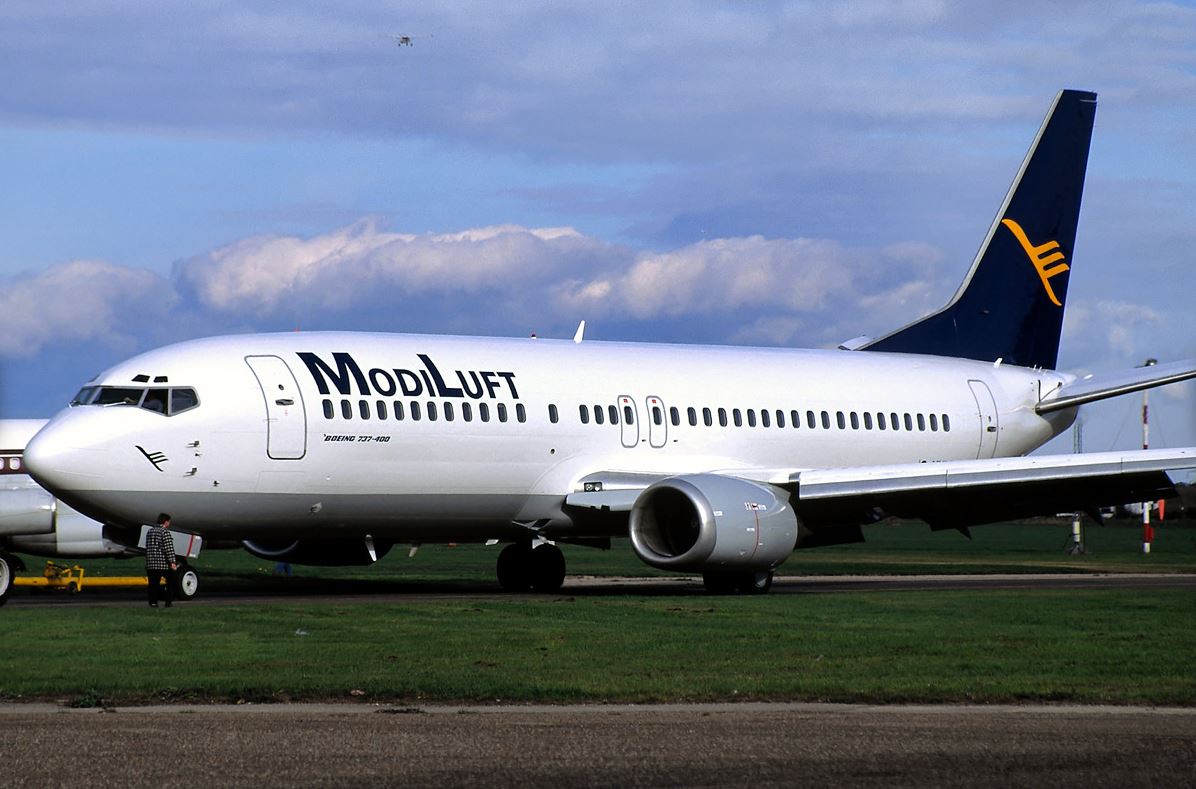
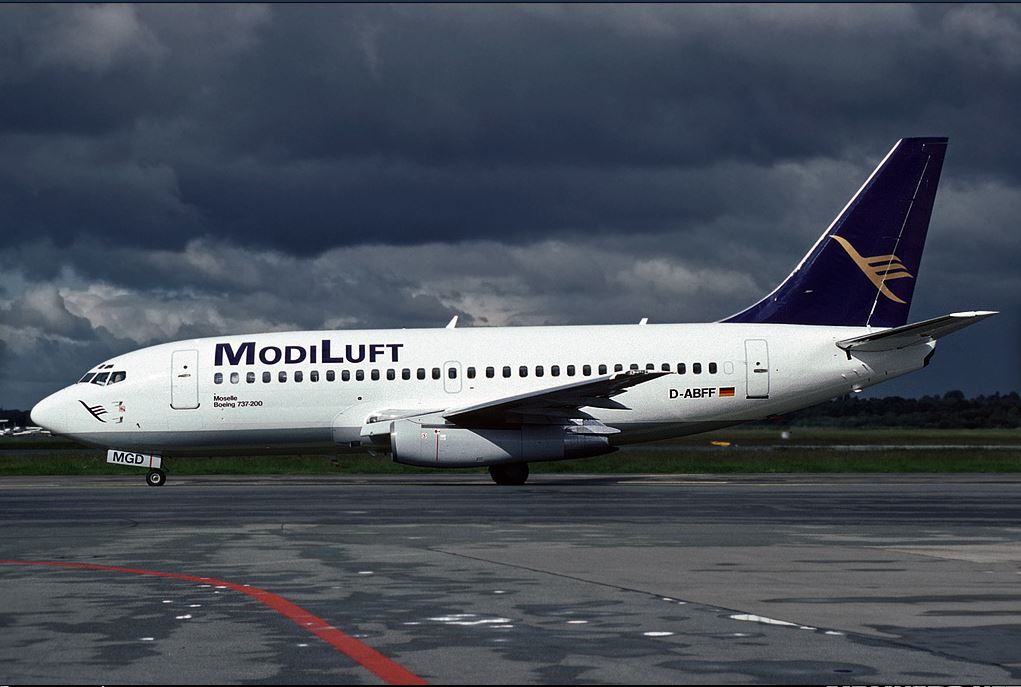


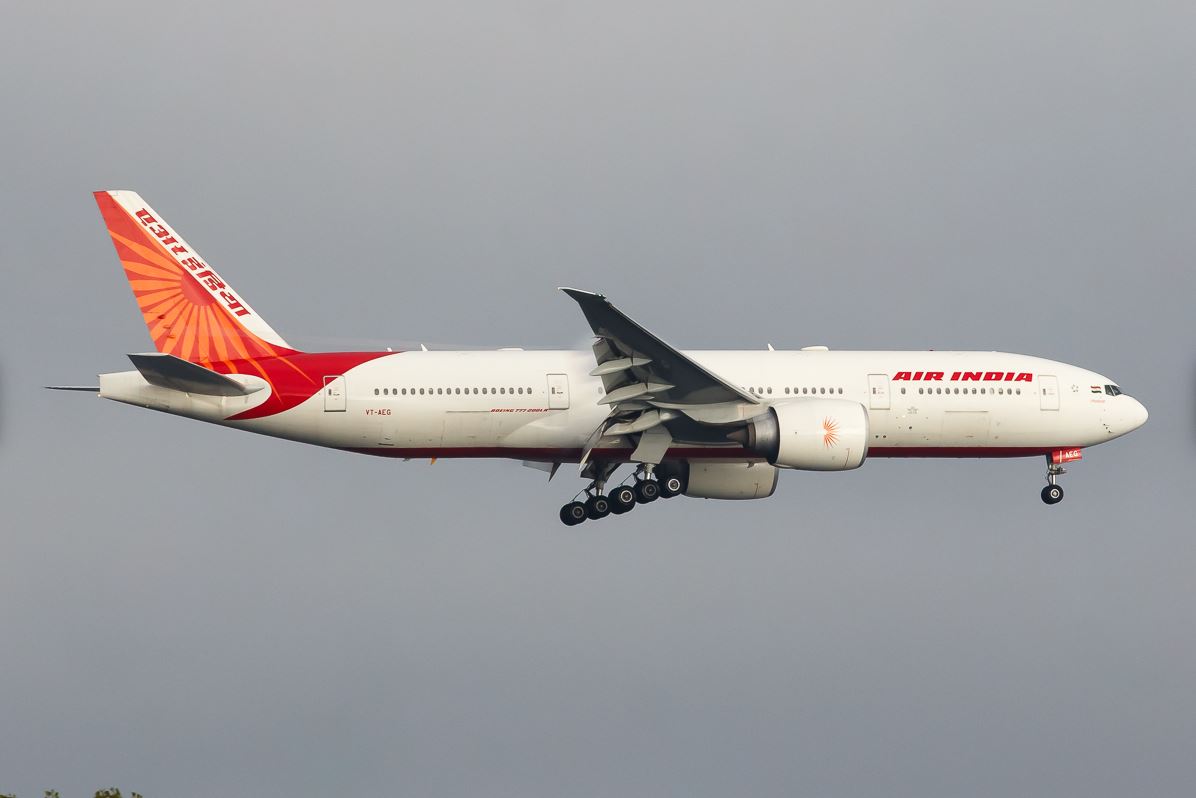
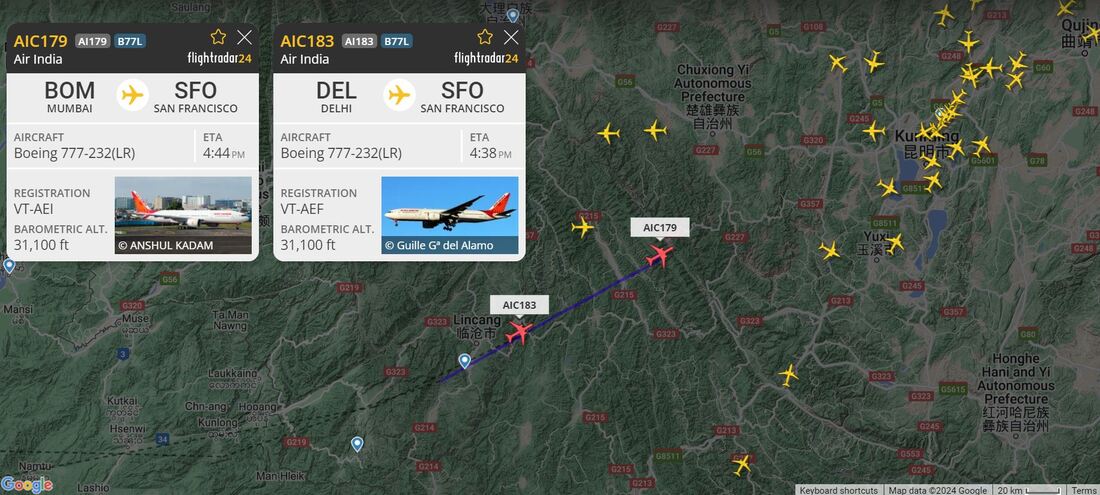
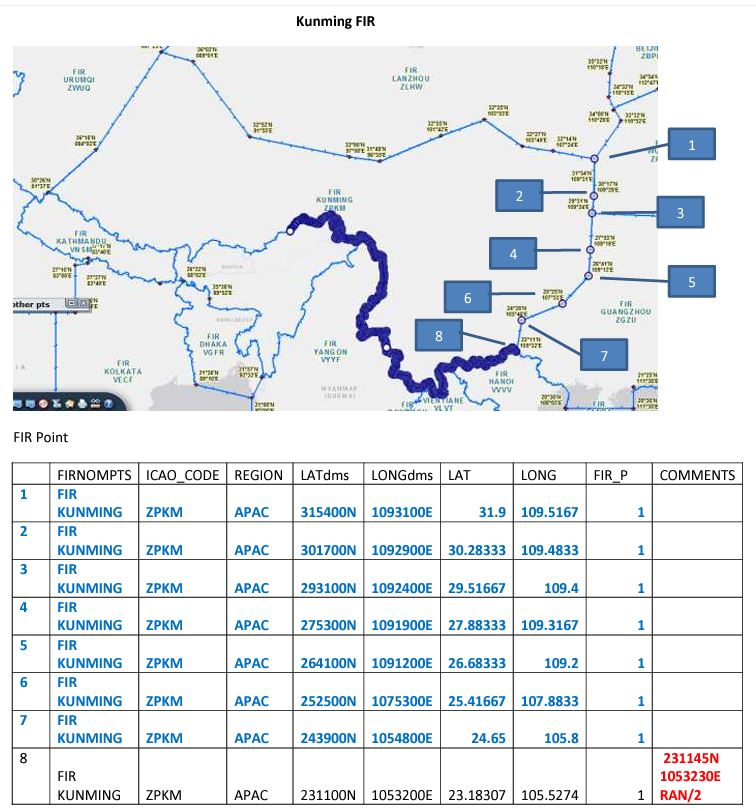
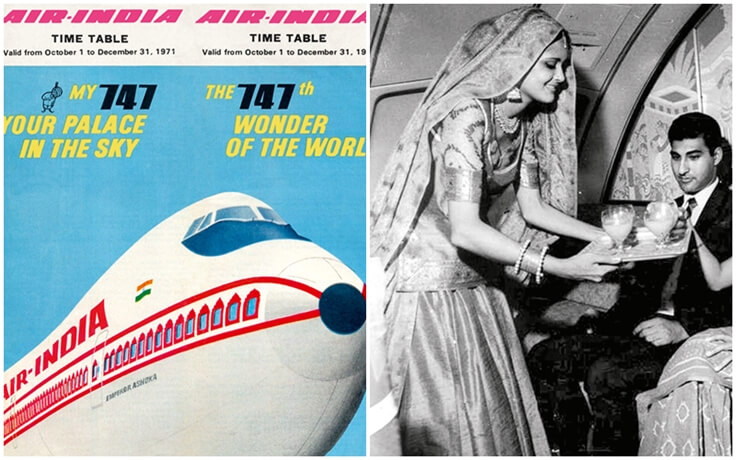


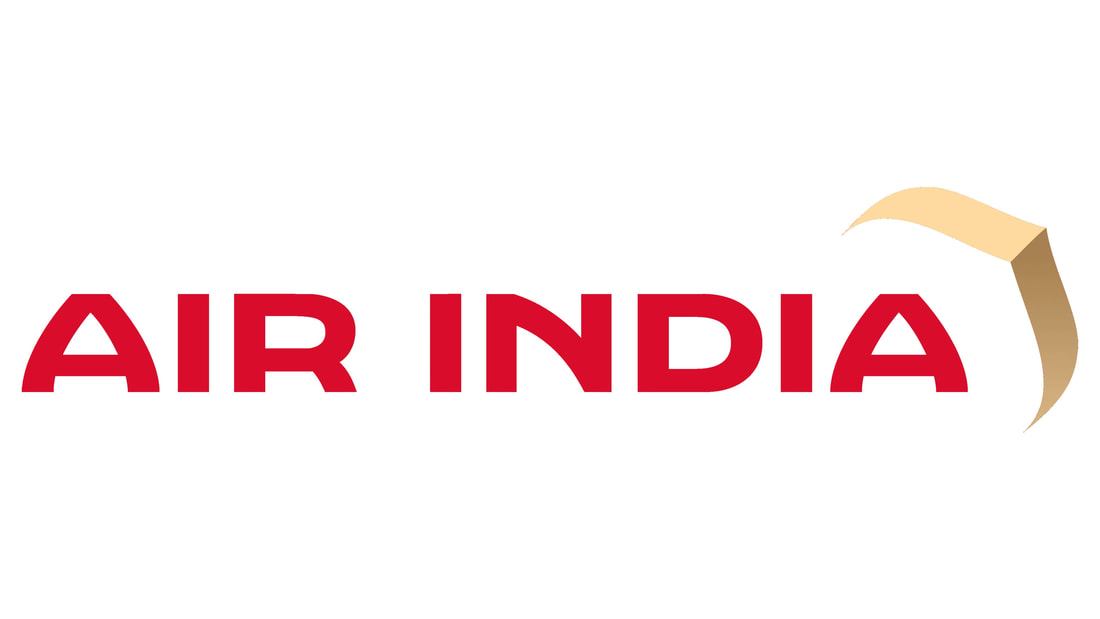
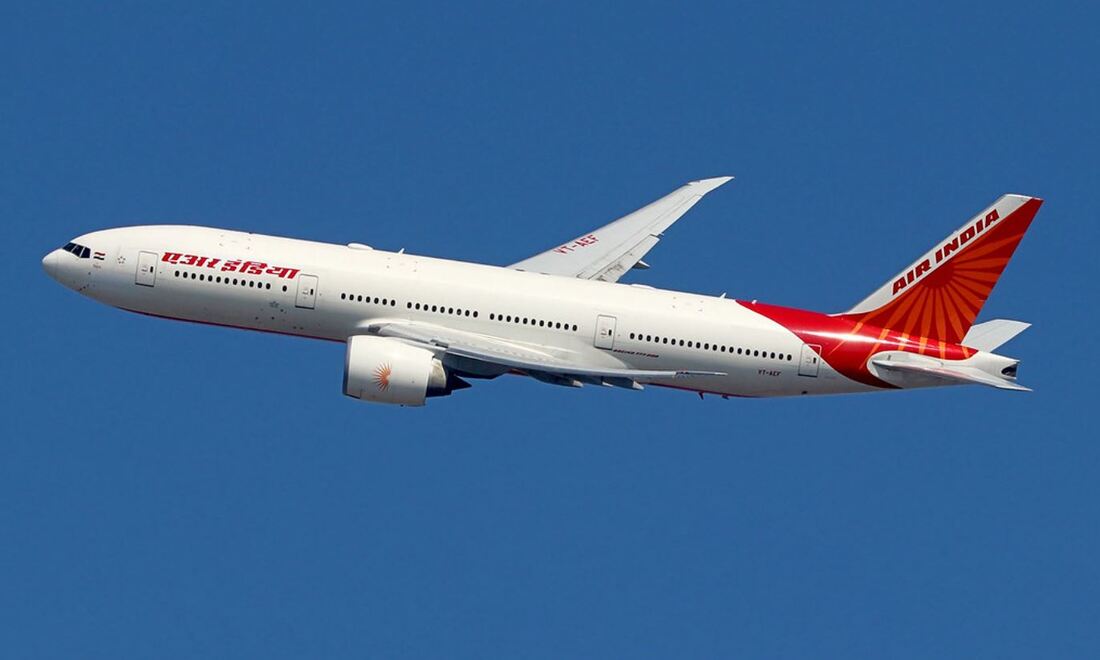
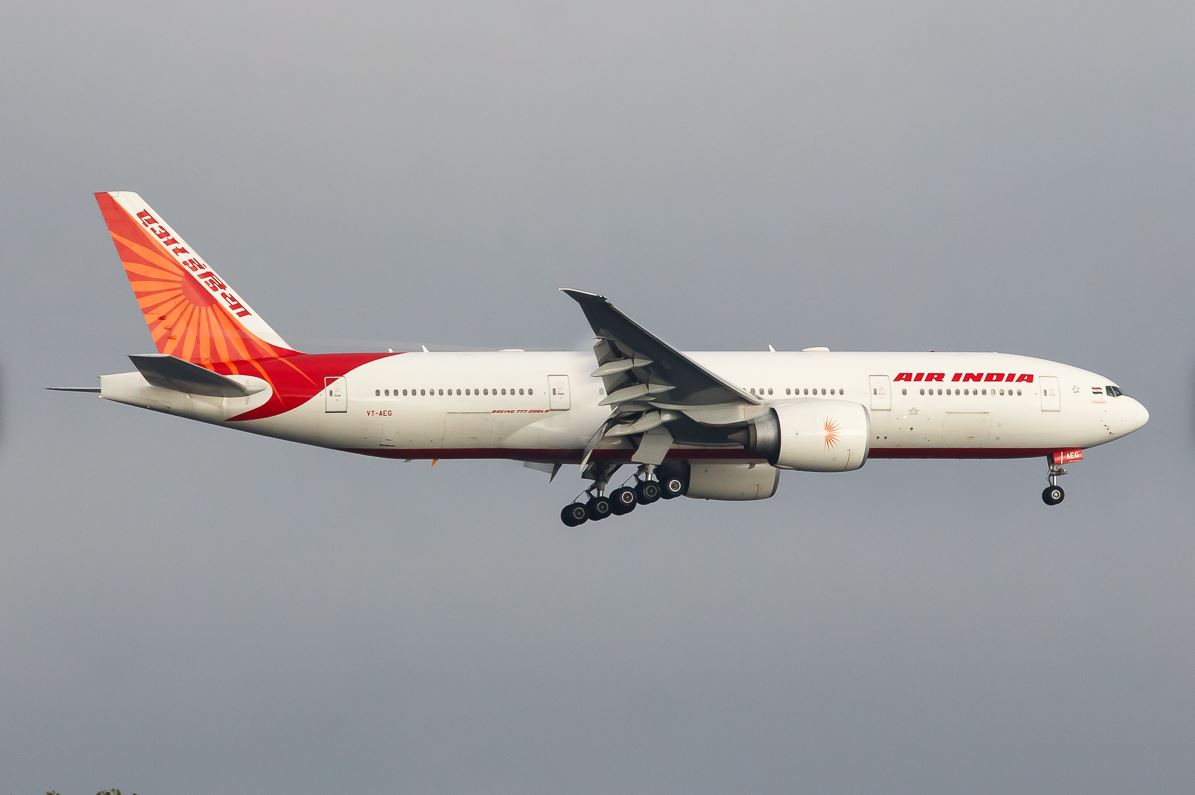
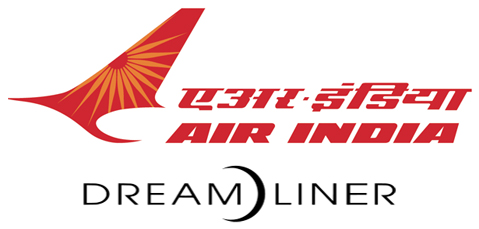

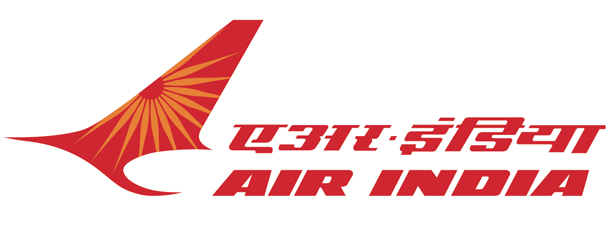
 RSS Feed
RSS Feed



